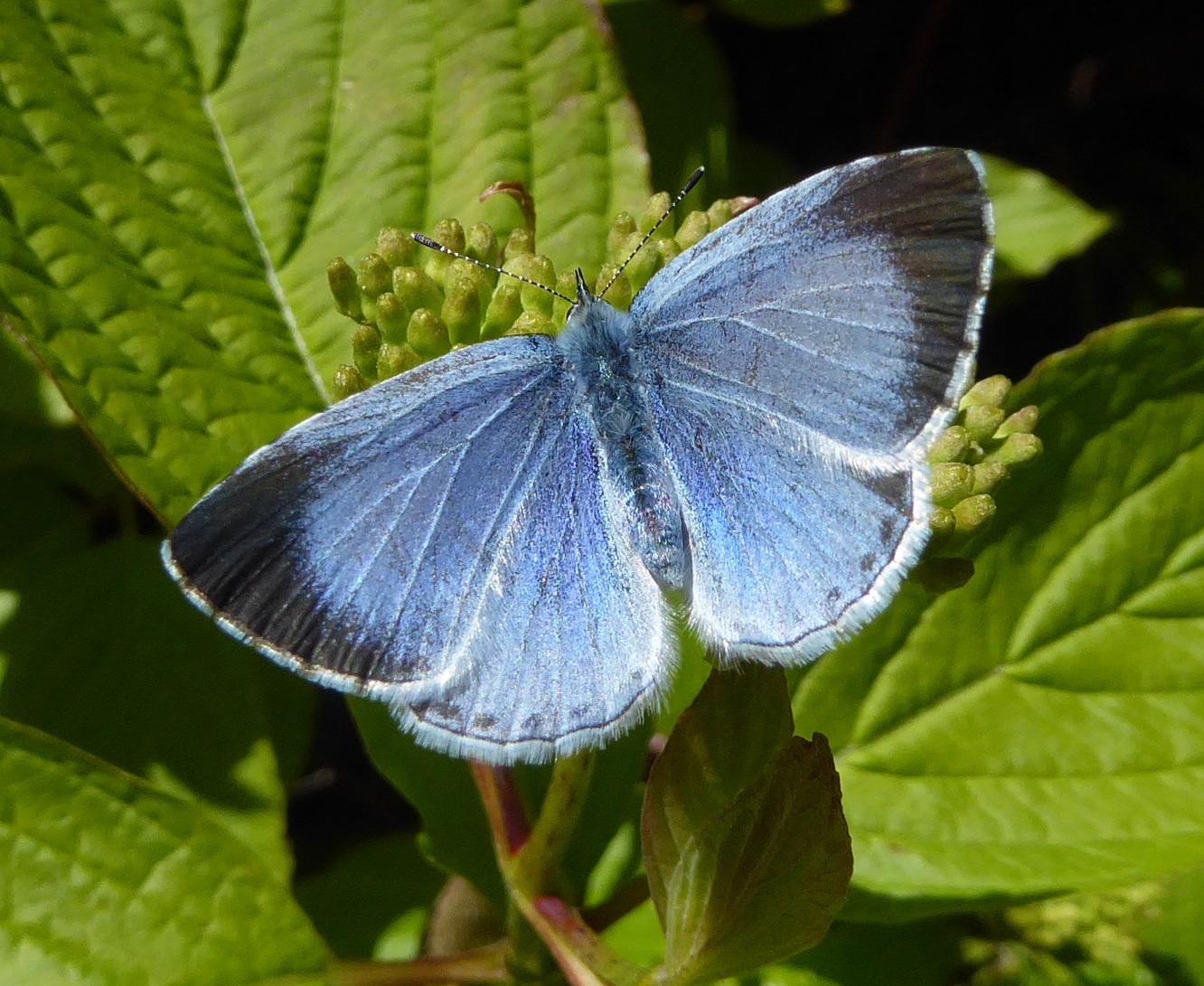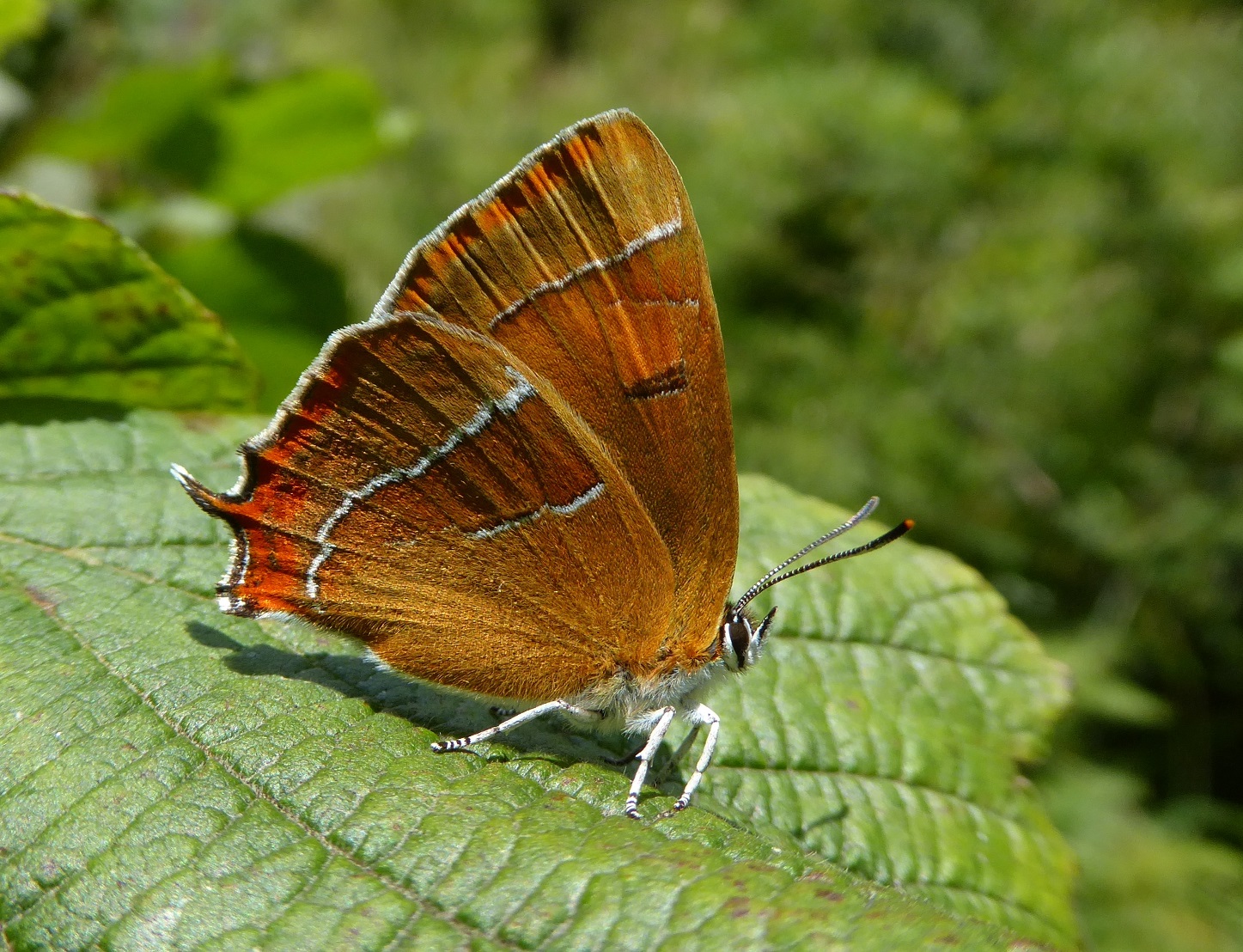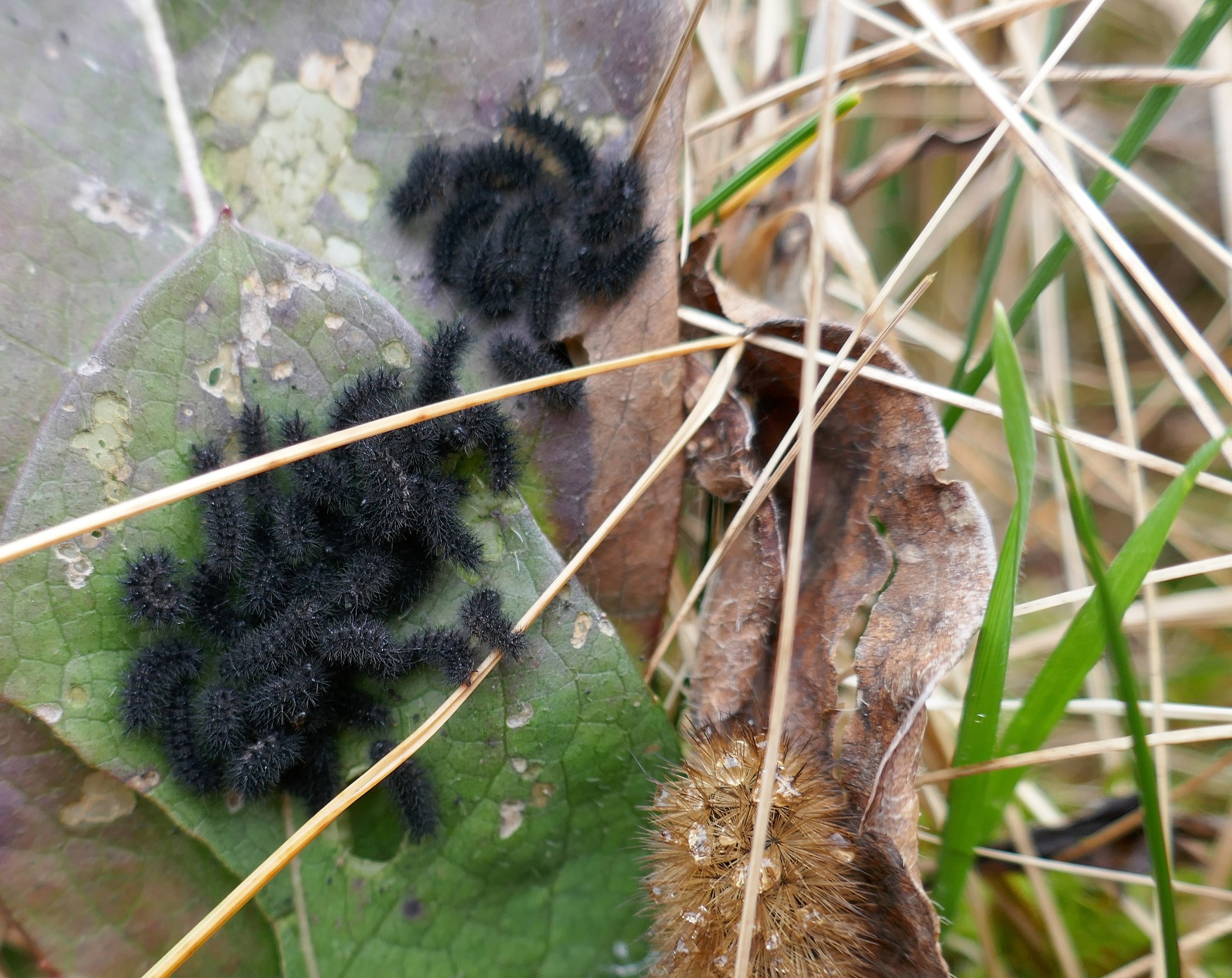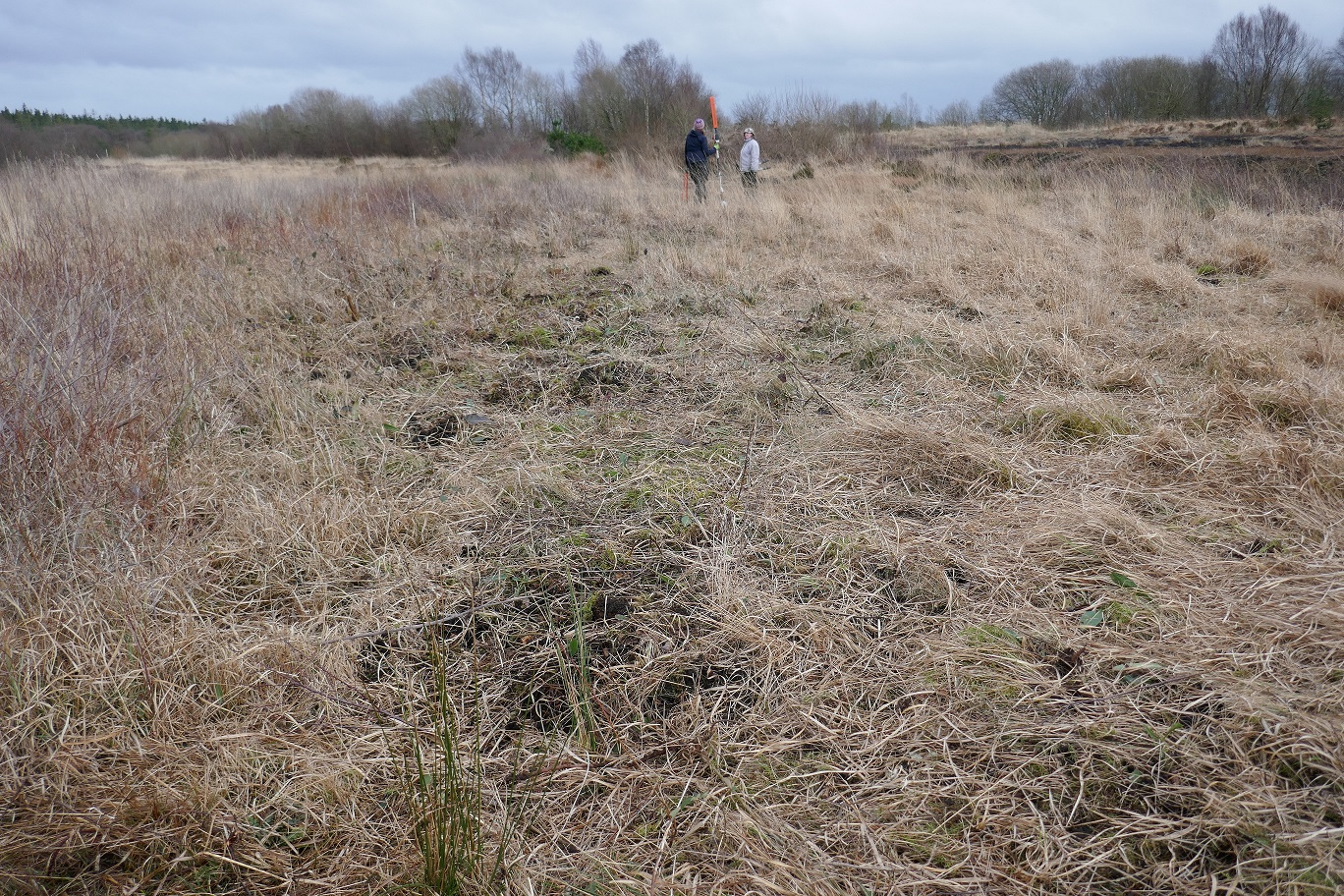Butterfly Conservation Ireland members and members of the public are invited to participate in Butterfly Conservation Ireland’s garden survey. If you have been involved up to now, we’d love you to continue. The survey period runs from March to November inclusive. The survey form is available as a download from www.butterflyconservation.ie (see also below) and by post on request. The form asks you to record the first date each butterfly listed on the form was first recorded in their garden in each of the following three-month periods: March-May, June-August, and September-November. In a final column, the highest number of each butterfly species seen and the peak abundance date is given.
Finally, you are asked to indicate which of the following attractants are provided in their gardens: Buddleia, butterfly nectar plants other than Buddleia and larval food plants. Twenty butterflies are listed for recording. All Ireland’s butterflies can be seen by clicking on Gallery. Hover over each image for the species name.
At the end of the year, a report is made that comments on the flight season, outlines the status of these butterflies in gardens, offers interpretations and comments on the findings. The report concludes by urging conservation and involvement in recording garden butterflies. Last year’s report can be found in the Annual Report under Garden Survey Report:
The garden butterfly recording season begins in March. March 2022 has been cool, with sunshine and strong wind on some days and cloudy with heavy rain on others. We are not having an early season this year, unlike 2019 when the butterfly flight season began in earnest in mid-February, the records for which you can see here:
https://butterflyconservation.ie/wp/records/2019-2/.
Spring Butterflies in the Garden
The second half of March is usually when we begin to see our butterflies and moths take flight, starting, in the case of butterflies with the four species that pass the winter in the adult stage: Brimstone, Small Tortoiseshell, Peacock and Comma. This quartet is gradually becoming a quintet with the growing number of Red Admiral records early in the year. The Red Admiral might be passing the winter in Ireland mainly in the immature stages (egg, larva, and pupa) but adults have been found too, with these probably comprising long-lived over-winterers, arrivals from overseas using mild January weather to reach us, or home-grown newly emerged adults. We know that we are seeing breeding during the winter in the Red Admiral, while the faded condition of adults found early in the year suggests migrant or over-wintering butterflies.
If your garden is near the coast, especially the east and south coast, it is worth keeping an eye on your nettles for Red Admirals, even during the ‘off-season’ for butterflies, from November to February. Three decades ago, butterflies were very unlikely to be seen flying outdoors during winter. While this remains the case for most areas, especially inland, it is changing, probably because more people are looking out for butterflies and the climate is warming.
This is where the garden survey can help. Your garden adjoins your house so checking on how life is going on there is easy, even during winter and early spring. Pay heed to minutiae. A close inspection of the upper surface of a young, tender nettle leaf may reveal a green, ribbed, barrel-shaped Red Admiral or Comma butterfly egg. A perusal of ivy berries may register a Holly Blue caterpillar, even in December/January. Common Ivy growing on a south-facing wall can expedite the development of a Holly Blue caterpillar, so the beautiful adult may be seen basking in the spring sunshine on shiny ivy leaves in early March. Turn over a late turnip or cabbage leaf in December/January to see if a slow-growing Small White caterpillar is present. Check beneath sills to look for the Small and Large White pupae.
The onset of warmer, sunnier spring weather makes butterfly watching easier. Suburban and rural gardeners growing holly and ivy can expect first-generation Holly Blues from later in March to May/early June. Gardeners growing Cuckoo Flower, Jack-by-the-hedge/Garlic Mustard or Honesty may get Orange-tip, while nettle growers may be visited by the Red Admiral, Small Tortoiseshell, Peacock, and even, if lucky, by the Comma.
Small White and Large White butterflies will be around too although these are more abundant in gardens and elsewhere in summer. The Speckled Wood is unique among our species in passing the winter either in the larva or pupa stage, and those that over-wintered as a pupa will be the earliest of their kind to fly, so gardens with native hedges and bordering grasses may see this lovely cream-dappled chocolate brown butterfly dancing around newly unfurled shrubbery.
Keep your eyes open for your garden butterflies and continue to record them for our garden survey. If you are not doing the survey, please join in! It’s a recording scheme available to all! The more, the better!
Here is the Garden Survey recording form:
National Garden Butterfly Survey
Best wishes to all butterfly gardeners!
Butterfly Conservation Ireland






